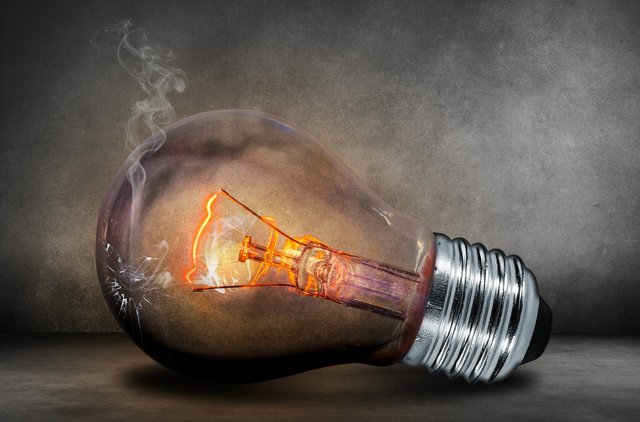How do electric bulbs scatter light?
What was the helpless state of man before the discovery of the bulb! When the light of day is gone, all work is stopped. With candles or hurricanes, the work goes on for a long time. The light bulb came as a blessing for the people. How do bulb lights actually give us light?

Pixabay
In the mid-18th century, when scientists were advancing on electricity, everyone was imagining a light source that would be both readily available and of excellent quality. Something that Sir Joseph Swann and Thomas Alva Edison discovered at about the same time (1789, respectively) and in just 25 years, millions of homes were lit up by bulbs.
We all know that light is a kind of energy. Light comes out like small packets which have energy and momentum but no mass. These are called photons and they are the most basic element of light. As the vibrations of electrons increase, photon particles are released from the atom.

In the figure we can see the general structure of the bulb.
When a bulb is attached to a source, electricity is transmitted from one contact to another and to the filament. The movement of electricity in a solid conductor means the transport of electrons from the negatively charged part to the positively charged part. Electricity stimulates the atoms by providing heat. The thinner conductor absorbs heat more easily than the thicker conductor because it provides more resistance to the movement of electrons.
The electrons get excited and reach a high energy level. When they reach the lower level again, a lot of energy is spread around, because the energy required to position an atom at any high energy level around the nucleus can be located at a much lower energy than at the lower level. So when you go down to the lower level, the extra energy spreads around which comes out in the form of photons i.e. light.
Metal conductors typically produce infrared lights that we can't see, but when they are heated to about 2200 degrees Celsius, they produce light that people can see, just like in the case of light bulbs.
The filament of the bulb is basically made of tungsten. A 60-watt bulb is about 6.5 feet long and one-hundredth of a inch wide.
After the discovery of this artificial source of light, people no longer had to look back. However, without a few changes, the bulb did not change much from the way it was made in the beginning.